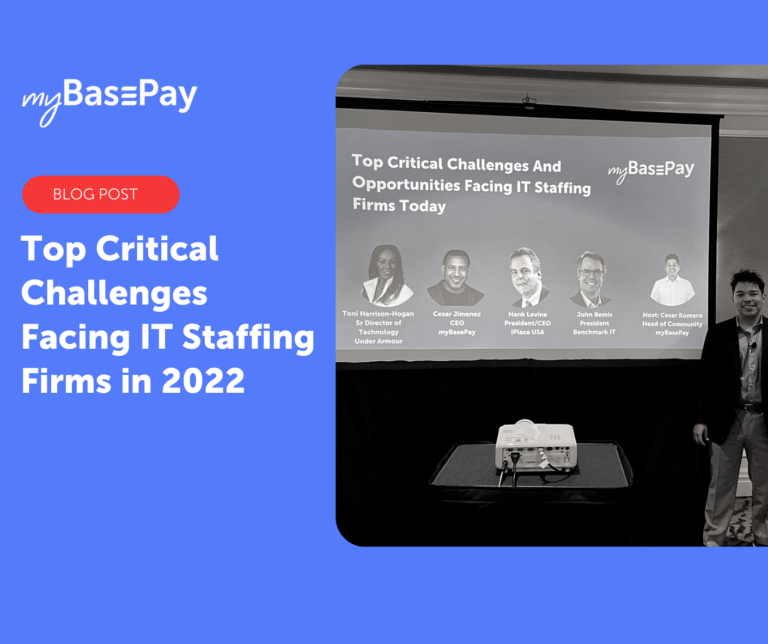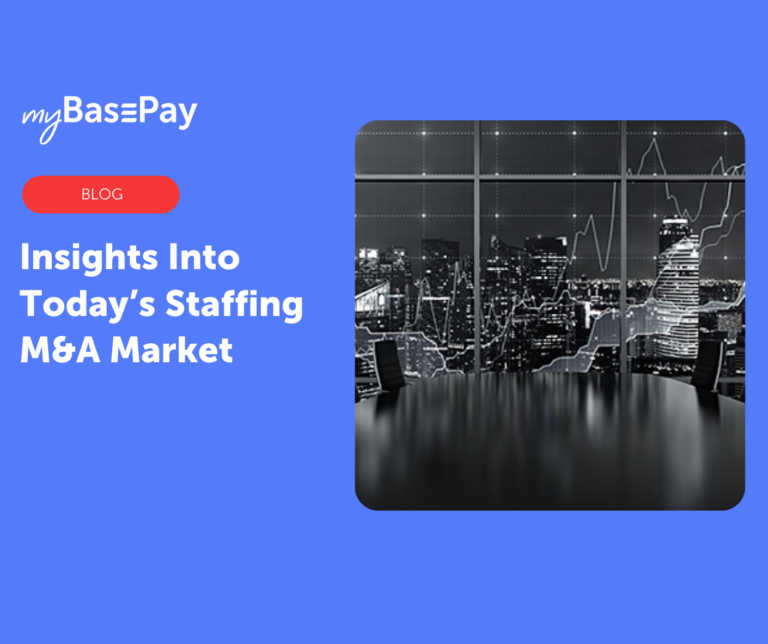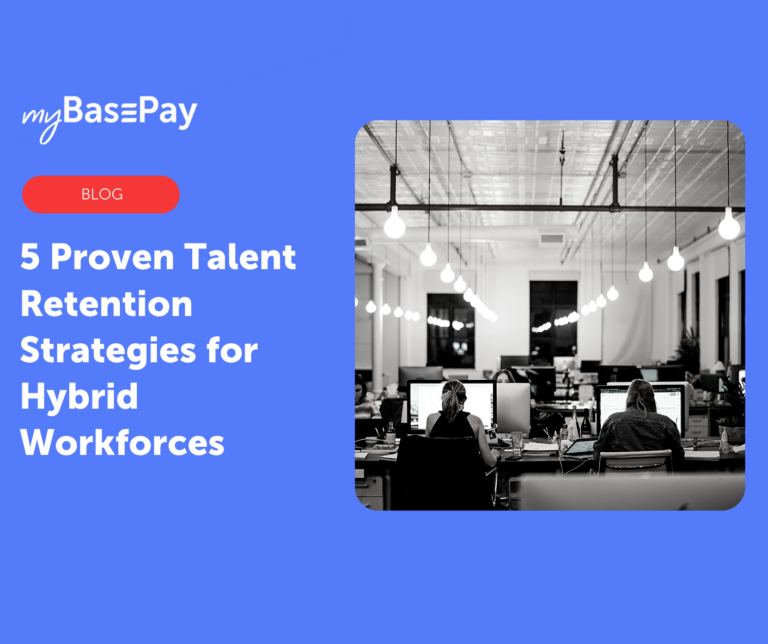3 Obstacles You’ll Encounter When Transitioning Workers to a Fully-Remote Setting
The COVID-19 pandemic saw a dramatic change in how companies viewed remote work. As a study from NCCI reveals, three-quarters of employees had never worked remotely prior to the pandemic. Contrast that with May 2020, when one-third of the workforce was working remotely — including three-quarters of individuals employed in office-based businesses.
Many businesses recognized several inherent advantages to a fully-remote workforce, such as reduced overhead for business offices and equipment. The list of companies that are going fully remote on a permanent basis or incentivizing new hires to be “remote first” has continued to grow since the onset of the pandemic.
With this trend not going away anytime soon, it is quite understandable if your business would also want to switch to this model. However, you must account for common obstacles that could disrupt the worker experience when doing so.
1. Remote Collaboration
When your team is fully remote, they won’t be able to snag a conference room to talk about a project or work through a problem together. If your company doesn’t have quality collaborative tools in place, this can make it much harder for teams to work together on major projects. Productivity and accountability can become serious issues when strong communication tools aren’t used.
In fact, a Statista survey found that “collaborating with colleagues/clients” was the second-biggest challenge faced by remote workers, cited by 35 percent of those surveyed. Twenty-nine percent also reported feeling like they lacked the motivation to work, illustrating how accountability can also take a hit when workers aren’t in the office.
Your company needs clear plans for keeping everyone accountable for their work, regardless of whether they accomplish their tasks individually or work in teams. Project management tools make it easier to set clear deadlines and facilitate communication between team members.
Providing multiple avenues for employees to stay in touch and collaborate is key to this strategy. From internal messaging tools to video calls and emails, providing more options will make it easier to communicate quickly and effectively. A Zoom meeting isn’t always necessary, so give employees the flexibility to use the tools they find make collaboration easiest.
2. Lack of In-Person Interaction
As Brian Hoffmeyer, SVP, Market Strategies at Beeline noted in myBasePay’s The Advantage of a Marketplace Economy in 2022 webinar, “Beeline just had its first in-person sales kickoff in two years. I was with people that I hadn’t been with in a couple of years, and it reminded me: there are a lot of human interactions that are better in person.”
Continued Hoffmeyer, “And it’s a very obvious and easy thing to say, but I think some companies have gotten so excited about this idea of remote work … that they’re forgetting those things.”
There are some activities that become inherently more difficult when done remotely. It can be harder for team members to develop rapport with each other, or even to conduct meetings.
While video calls can help, they aren’t the be-all, end-all solution. Studies have found the phenomenon of “Zoom fatigue” stems from the higher cognitive load and increased eye contact that takes place during such calls, among other issues.
Businesses should consider how fully-remote work can impact employees on a social level, and whether it might limit the effectiveness of certain tasks. Coordinating in-person social gatherings, collaborative meetings or other special events may still be needed for select activities to counteract the sometimes isolating nature of remote work.
3. Finding and Retaining Top Talent
Transitioning to a fully remote workforce means that the way your organization recruits and acquires talent is going to change. As Brian Hoffmeyer explained in the Marketplace Economy 2022 webinar, “I think companies will continue to expand their use of alternative sources of talent, all designed to get them directly to the talent so that they can be more engaged, so they can re-use those workers.”
Continued Hoffmeyer, “I think you’ll continue to see a blending of permanent and extended workers. Individuals will take a so-called permanent job that they only work at for two years, and then they’ll do a ‘gig’ that’s six months … We will gradually continue to move toward these ideas of total talent acquisition … by looking at all the sources of talent, all the ways to fill that.”
Some companies may find that current employees will use the transition to remote work as an opportunity to launch their own freelance career — which may or may not involve continuing to work on projects for your business. Other employees may not want to go fully remote, and will leave for another employer.
However, fully-remote work can be a powerful differentiating factor for others. Business leaders shouldn’t expect to fully retain their team when transitioning to a remote workforce. Consider this as an opportunity to find new talent from across the country. Potential employees are no longer limited by geography, which can greatly expand the available talent pool.
Because businesses are more likely to engage with contingent talent after going fully remote, you must be especially vigilant regarding compliance. Ensuring that full-time employees and contingent workers are properly classified for tax withholdings, benefits administration and other needs is vital for managing your finances and avoiding regulatory issues.
What Is Right for Your Business?
As Brian Hoffmeyer explained in the Marketplace Economy 2022 webinar, “We’re still figuring out exactly what the right balance of remote and in-person work is. And you know, that’s going to be a different answer for different companies in different industries and depending on their own culture and things like that.”
While a fully-remote team may seem like an attractive idea, it may not be feasible for your organization. Or it could be the perfect fit. Alternatively, your business might be best served by a hybrid solution where some people work in the office, others are fully remote and others do a mix of virtual and in-person work.
There is no one-size-fits-all solution, and that makes having the right tools to manage your distinct back-office and talent acquisition needs is an absolute must. This way, you can continue to effectively manage your team and attain the productivity you need, regardless of whether your team is fully remote.
Author: Cesar Romero
Cesar is the Head of Marketing at myBasePay, where he’s responsible for overseeing the company’s content marketing, community, and partnerships strategy. He also co-hosts The Ivy Podcast where he interviews executives from Fortune 500 companies on executive leadership. When he’s not helping startups with marketing and community strategy, you can find him paying it forward by serving as a mentor for leading organizations like StartingBloc, Hive, and Global Citizen Year.






